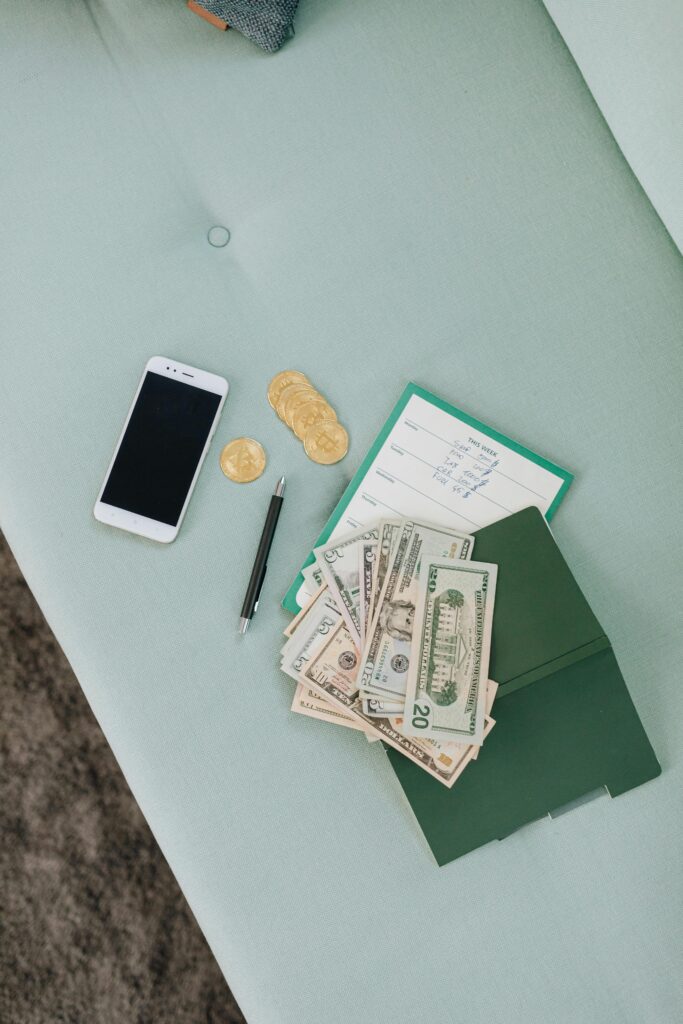💬 Why I Had to Budget Before I Could Afford To
Most people think budgeting is for when you already have money. I thought so too — until I hit a point where my income was there, but my money was gone before the week even ended.
This post isn’t a theory. It’s what I had to figure out when I had nothing left to “budget”. If you’ve ever felt like you’re too broke to manage money — this is for you.
🔍 Step 1: Get Real About What’s Coming In
You can’t manage what you don’t measure.
So the first thing I did was get honest about how much I really earned — and not just my salary.
Net income = All income sources – any deductions or costs
Example:
If I earned $1,300 a month, that’s my real starting point — not $2,000 before tax or before bills.
If I sold old clothes for $50 or made $100 from a weekend gig, I counted that too.
🛏️ Step 2: Write Down Every Fixed and Random Expense
This part opened my eyes.
I used to think I didn’t have “bad spending habits” — but my money told a different story. I wrote down everything for one month. Then I split my spending into two lists:
🔒 Fixed Expenses:
These are non-negotiables like:
- Rent
- Transport
- Groceries
- Wi-Fi
- Medical or school costs
🌪️ Variable Expenses:
This is where it gets real:
- Daily snacks
- Subscriptions I forgot to cancel
- Impulse spending
- Clothing and entertainment
- “I deserve it” treats
Once I saw it all laid out, I realized I wasn’t broke — I was just unstructured.
💳 Step 3: Make a Budget You Can Actually Stick To
I didn’t try to build a perfect plan. I made one I could keep up with.
Here’s a sample budget I followed:
| Category | Amount (USD) |
|---|---|
| Income | $1,300 |
| Rent | $650 |
| Groceries | $220 |
| Transport | $160 |
| Petty Cash/Other | $120 |
| Left Over | $150 |
That $150? I used to spend it without even realizing it. Now I gave it a purpose:
- $50 for savings
- $50 for debt
- $50 for “me” money (but on purpose)
📌 Tip: Even if you only have $20 left, decide what that $20 is for. That’s budgeting.
💡 Bonus: I Started Using the 50/30/20 Rule (With Grace)
Once I had some structure, I tested the basic 50/30/20 budgeting method:
- 50% Needs — rent, groceries, transport
- 30% Wants — clothes, takeout, entertainment
- 20% Goals — saving, debt, investing
But I didn’t stress if I wasn’t perfect. Some months were 60/30/10.
That’s okay — because I was aware and improving.
✅ What Changed for Me:
- I stopped saying “I’m bad with money”
- I stopped blaming my paycheck
- I tracked spending weekly, not just at month-end
- I used a Google Sheet and named every dollar
🧠 What You Can Do Right Now:
- ✅ Write your real income today (after deductions)
- ✅ Track one week of spending honestly
- ✅ Separate your needs from wants
- ✅ Use my free budget sheet (link below)
- ✅ Start small — even $5 with intention is power
🎁
💬 Final Thought:
You don’t need to wait for more money to take control. You start by deciding where your money goes. I didn’t get it right the first month, or even the third. But I started. And it changed everything.
